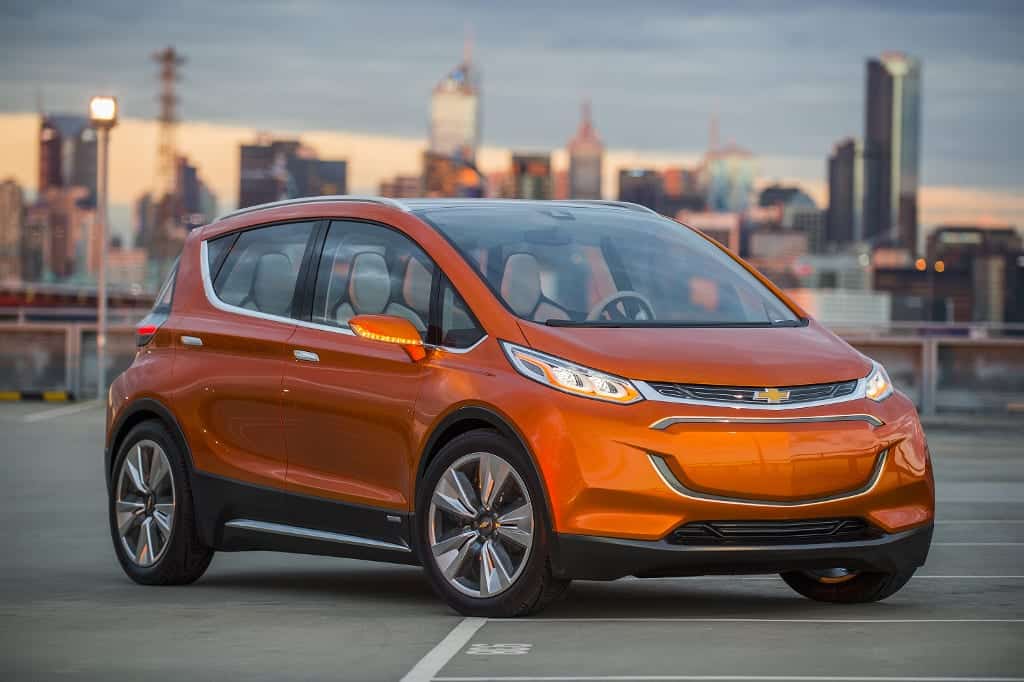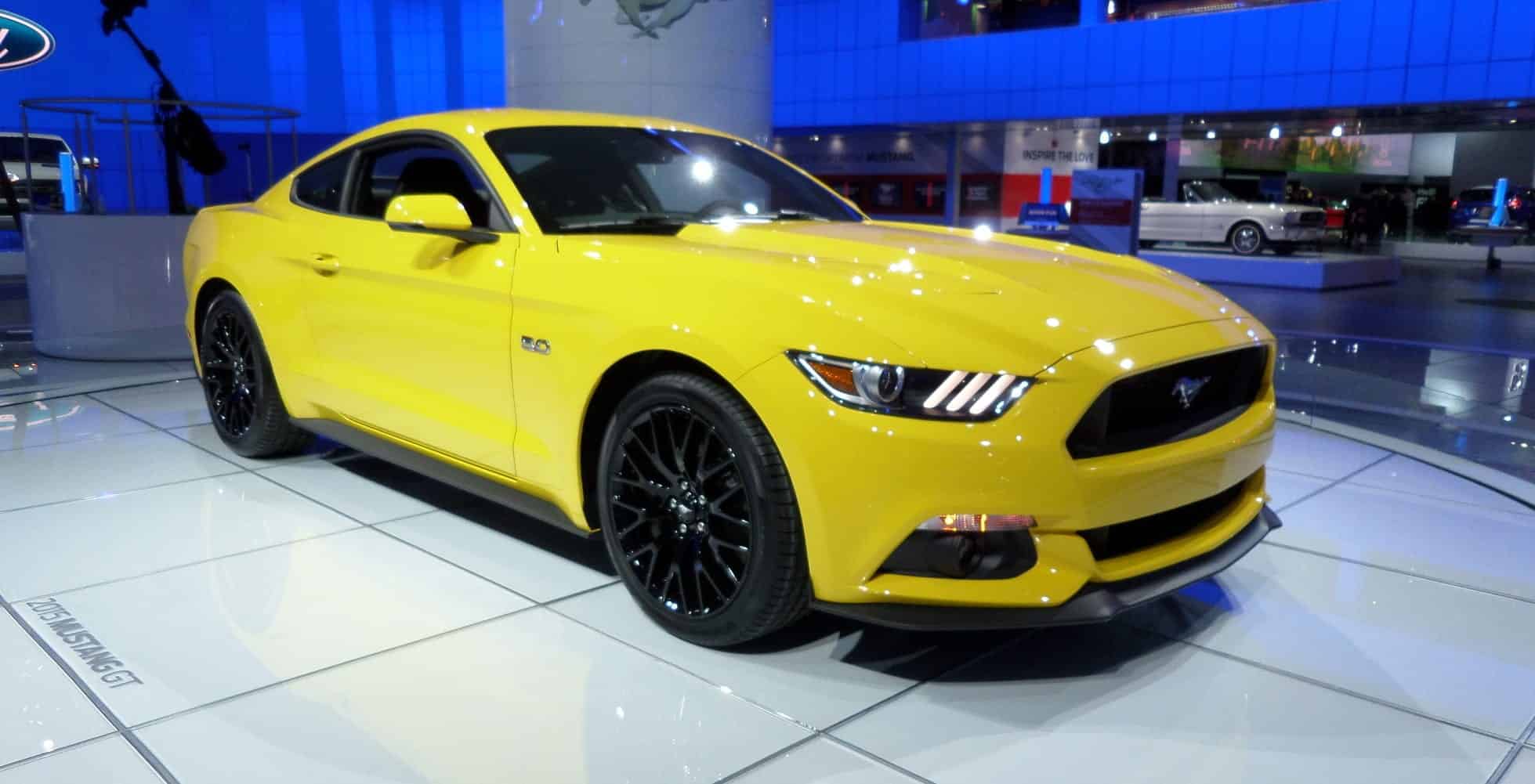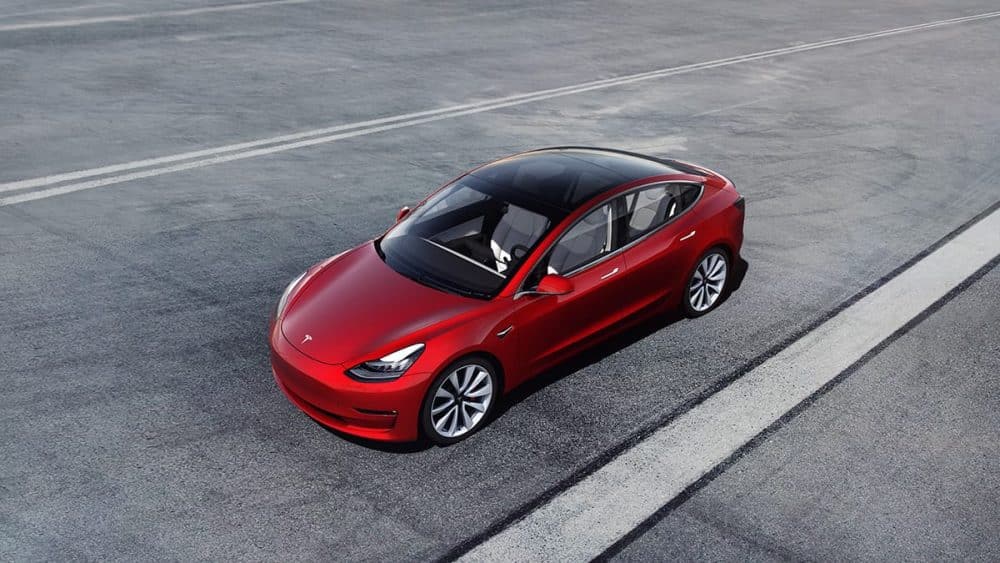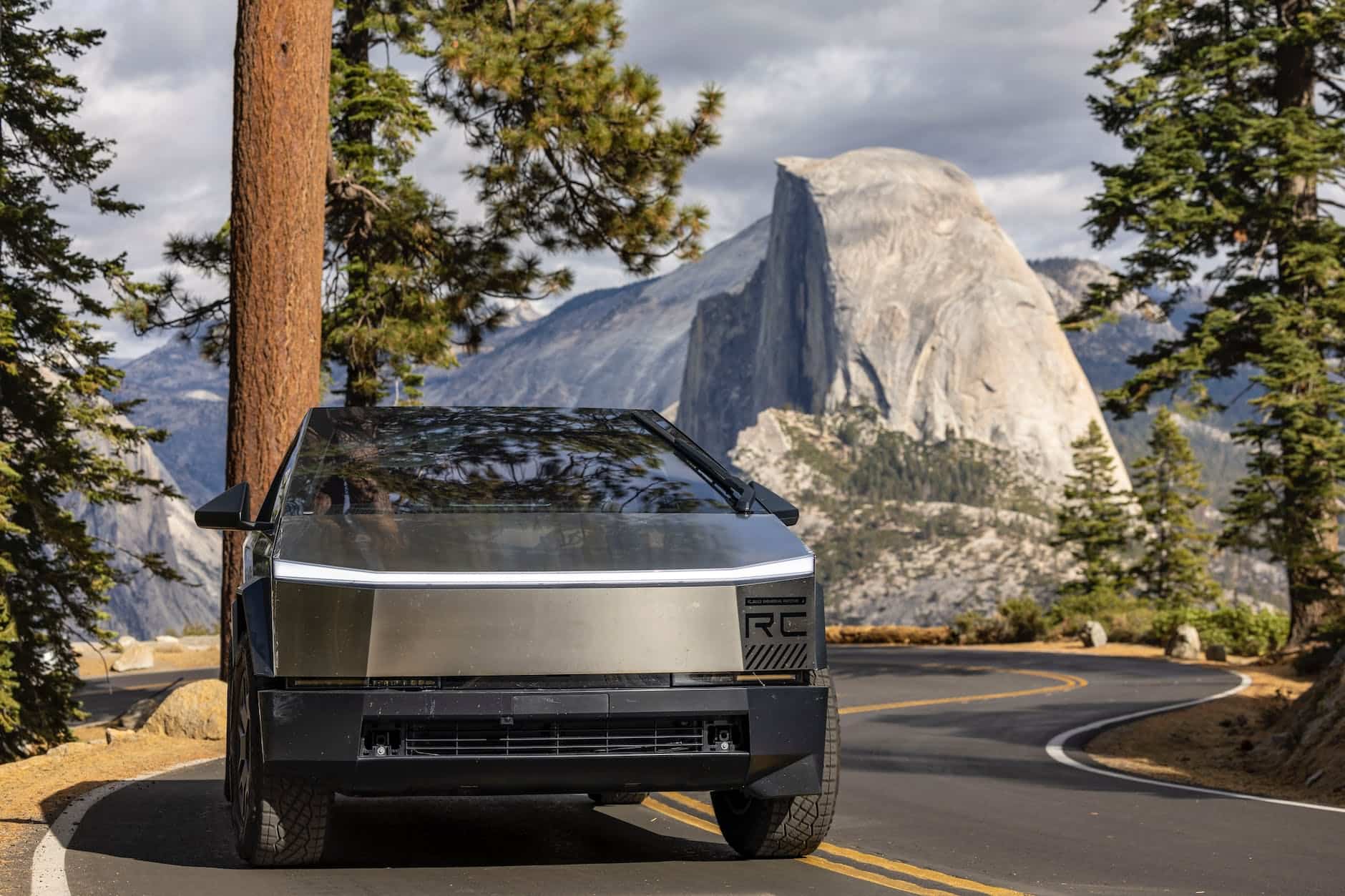At the Detroit Auto Show in January, GM revealed the Chevy Bolt — their first electric car to achieve 200 miles of range per charge. This news came as a pleasant surprise to electric vehicle fans, but it was just a concept at the time. At the rate at which new technology actually hits the market, I wasn’t optimistic. Although GM said it would start production before next year at their Orion Assembly plant.

Chris Doane recently spotted the Chevy Bolt (heavily camouflaged) during a road test, which suggests that it may be headed for the production line sometime soon.
Greg Migliore from Autoblog commented:
‘The prototype captured in these shots is heavily camouflaged, but the crossover/hatchback styling cues are still evident. The car also has a tall greenhouse, slight creases in the sides, and a sloping roofline in back. There’s a rapidly rising body line that makes for less glass for rear passengers, but that’s probably part of the camo. The Bolt is expected to arrive for 2017 and will be sold in all 50 states.’
The Chevy Bolt is expected to cost $37,500 before incentives, which is average for an electric economy car, but for an electric car that can travel 200 miles per charge — That’s dirt cheap! Not only that, but it squarely meets the range requirements of the vast majority. Most Americans drive less than 30 miles daily. To be honest, any trip longer than 200 miles isn’t very convenient to do by car, is it?
A 200-mile trip would take hours, which is why people often use public transit for such trips instead. If you would like to drive further than 200 miles at a time, extended-range electric vehicles like the Chevy Volt (or gas-powered rental cars) have you covered. This means that the shorter range of EVs is more than enough to put a large dent in gasoline consumption.







